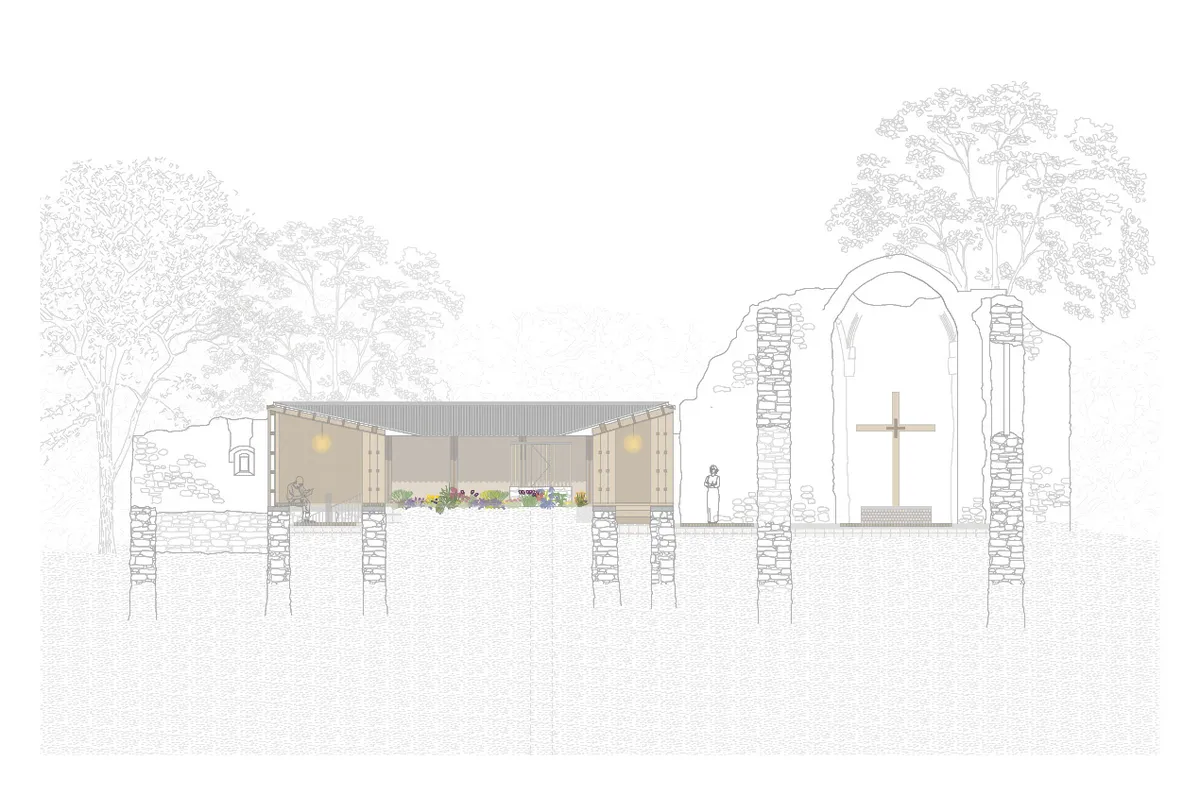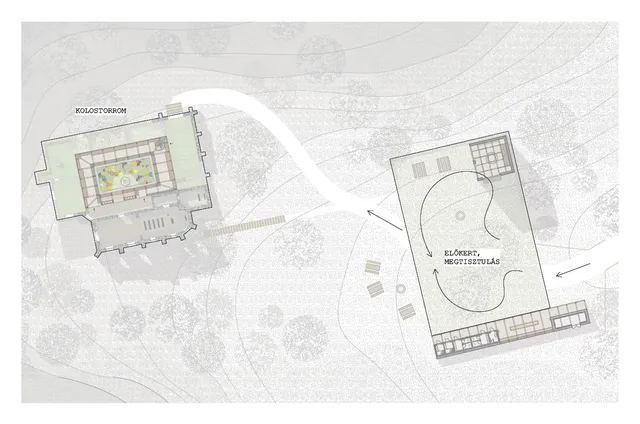
1/10

2/10

3/10

4/10

5/10

6/10

7/10

8/10

9/10

10/10
Graduation Projects
N
Nominee
52
of votes of the public52
of votes of the public
Author(s) / Team representatives
Dóra Tihanyi
Profession
Architect
Project location
Hungary, Salföld
Project start date
2023 March
Project completion date
2023 July
Photo credits
Dóra Tihanyi
Text presentation of the author/office in English
I am delighted to submit my thesis for the competition. I graduated last year from the Department of Public Building Design at the Budapest University of Economics and Technology, where I received a thorough and comprehensive education, with a special focus on the design of public buildings and their functional, aesthetic and sustainability aspects.Since graduating, I have been working at Archikon Architects, where I have been involved in a number of different projects. My work has given me the opportunity to further develop my design skills and deepen my knowledge of modern architectural trends and technologies. Working alongside the firm's professional team, I learned how to collaborate effectively with different disciplines and how to successfully manage the design process from a project management perspective. For me, architecture is not just a profession, but a creative and intellectual challenge, where art meets engineering precision. I have always been fascinated by the opportunity to shape and improve people's lives through my designs. I like to immerse myself in the challenges of new projects, finding unique and innovative solutions that meet the highest standards not only aesthetically but also functionally. The process of turning an idea into a real building is always exciting and inspiring for me, and every new project gives me another opportunity to grow and learn.
Project description in English
I have been connected to the Balaton Highlands since I was a child. We used to go on many trips in the countryside, often stopping at a nearby church. For me they are places of contemplation, introspection and peace. I began to wonder how we could return to these foundations, how this set of values could be reflected in today's world.
Among these I was concerned with the Pauline ruins, the only order of monks founded in Hungary. I think it would be good if a pilgrimage route could be created to connect them, and the path, the memorial sites, could be elevated by a moderate architectural intervention.
The Palatine monastery I have chosen at Kőkút has been transformed over the centuries into a law of the forest. Its walls have been rebuilt and rebuilt, as if the human desire for possession could not irreversibly cede something to nature. Where is man's role in this? What good does it do to be present or to withdraw?
The location is not given the right emphasis, and that is what I wanted to give with my design. My theme raises complex questions and, in the absence of evidence, I embarked on a personal journey.
With regard to the monastery ruins, I focused on its two main spaces: the churchyard and the monastery courtyard, an architectural archetype of contemplation and introversion.
The encounter between the high walls of the churchyard and the canopy of sky and trees is particularly beautiful, requiring no intervention other than to reinforce its emphasis and function. I have done this with cladding, square furniture and a new wooden cross.The cloister is no longer there, however, and the pavilion is created as an evocation of this space, with the aim of stimulating thought.
Where the visitor is given something to take with them. The pavilion is enclosed to the outside, open to the garden, which is a representation of harmony.
What does harmony mean? A world that is cared for, nurtured and irrigated, or a medium that exists by natural processes, free from human interference? Is the answer to be sought in the combination of the two, or on the borderline?
A continuation of the structures in the clearing, the tower and the service block have been built to house the pilgrim lodges. The buildings evolved hand in hand, their language also speaking of the balance of the 3 elements.
Architecture in this case is beautiful if imperceptible, where the architect's ego has no place.
In my design, not building becomes one of the strongest decisions by taking it up some



